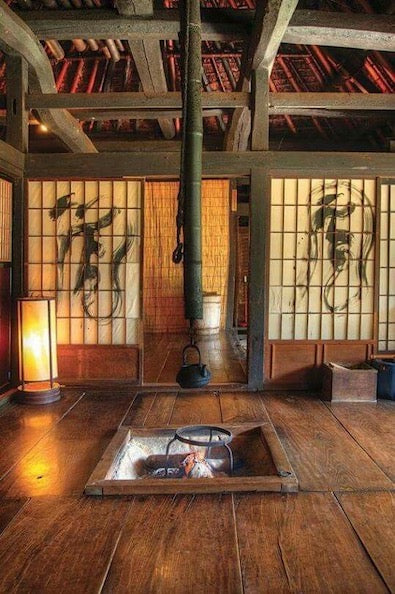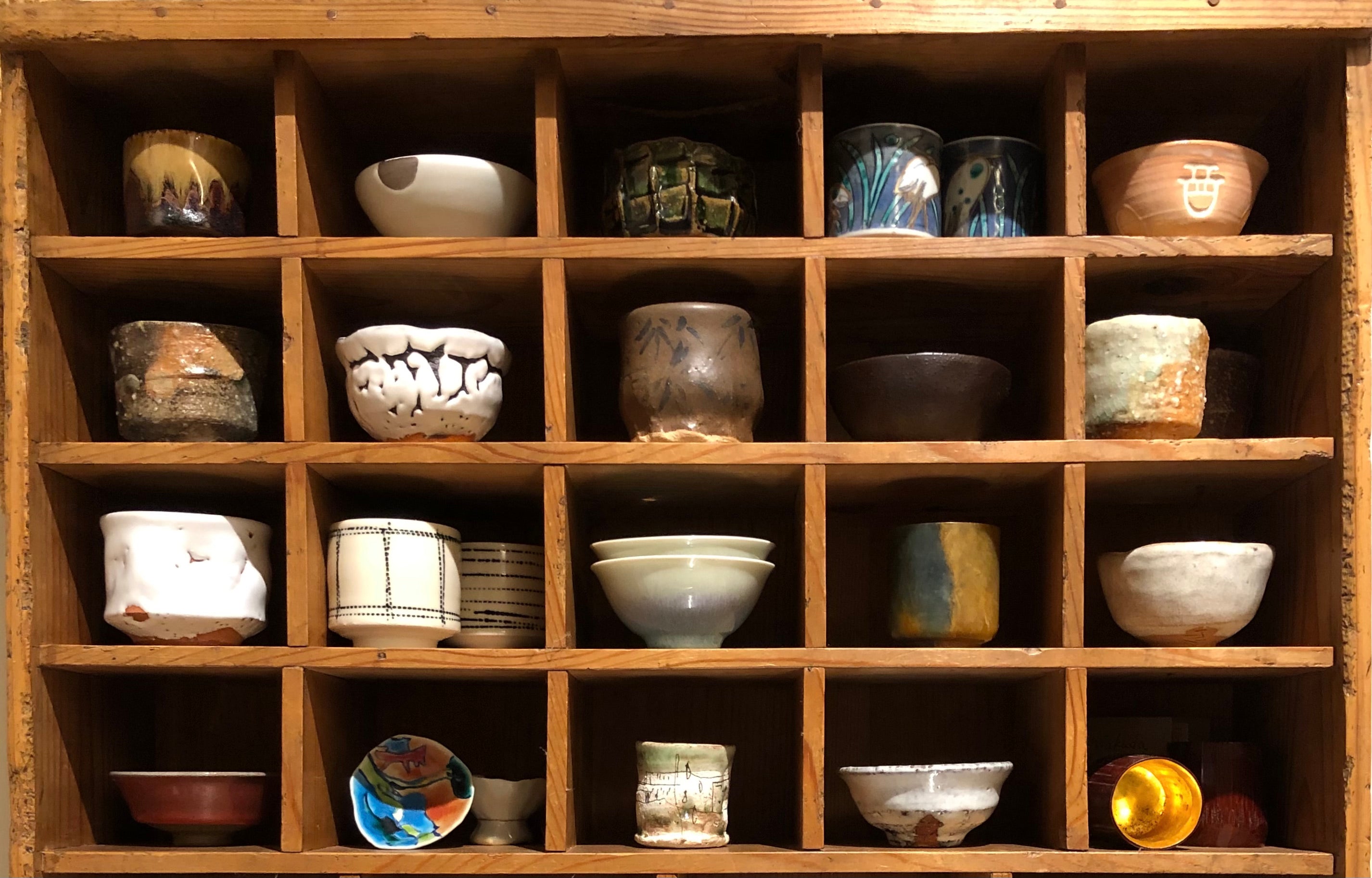Japanese society, and particularly women and the older population, has been represented in sculpture throughout Japanese history. Depiction of religious traditions and attitudes about all age levels of society has been a major source of visual representations of traditional beliefs, Japanese culture, and respect. Indeed, one might argue that the genre is as much about an evolving population steeped in tradition as about the craft itself, which begins at a very early age and continues throughout life. Within the arts' diverse body of expression, certain characteristic elements seem to be recurrent: respect for a changing time, respect for tradition and nature as a model, humanization of religious iconography, and appreciation for imagination and material as a vehicle of telling a story. Humans with symbolic animals, snow-covered mountain peaks, venerable forests, Shinto religious figures, and women holding their children are common themes in Folk Art and Crafts, and are treasured throughout history.
Traditional Folk Art Figures and Story
The Takasago Couple — This is the basic concept behind the actions of the ancient couple as the old woman sweeps away all the bad that was left behind, and the old man gathers in with his rake all that is good and desirable.
Shown are examples the legend of the contented couple. It is one of Japan's oldest folktales, that continues to be performed in the Noh Theater by the same name, Takasago. The elderly man is called Jou and the elderly woman Uba, and as a couple, they are called Jotomba. Deeply devoted in life, the old couple passed away within moments of each other, and their spirits were transformed into pine trees: Jou a black pine and Uba a red pine, which are typically shown in the background of printed forms of art. It is not unusual to see them accompanied by a crane and a tortoise, as well as other felicitous symbols. The image below represents their story picturing two hand-carved wood dolls on the left from the 18th/century, and a woodblock print showing their embodiment in the black and red pine representing their spirits. The dolls are exceptionally rare and sought after by collectors of this form of folk craft.

The Ainu — A people who arrived in Japan surrounded by prejudice, and survived through adaptation, resilience, and the sheer stubbornness of human will, and are equated to the Native Americans. This rural craft carving of the Ainu Couple is referred to as Kibori Kuma, and pictures a little bear in the wife's arms which represents their anchor to the past and their guide to the future. The fishing pole and the chum salmon held by Kato represent a good harvest. The couple are considered stalwart companions, representing the immutable spirit of an epic journey to carry on life. Old hand-carvings such as these are from the 1920s, and are extremely rare, although still reproduced today using modern methods of carving and materials.




